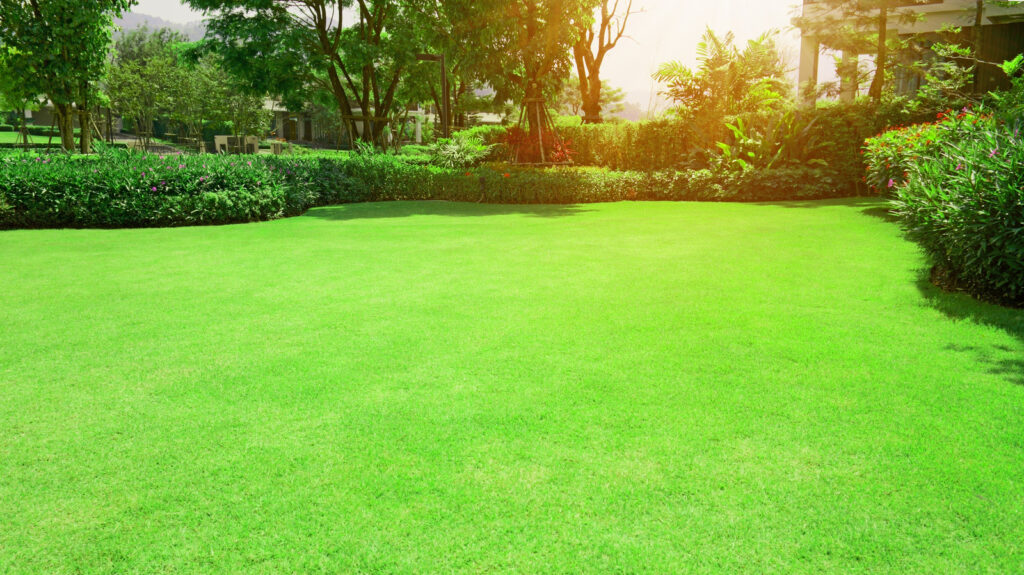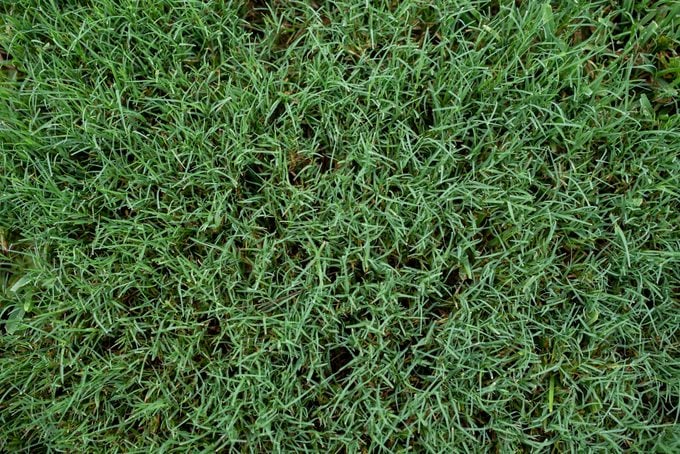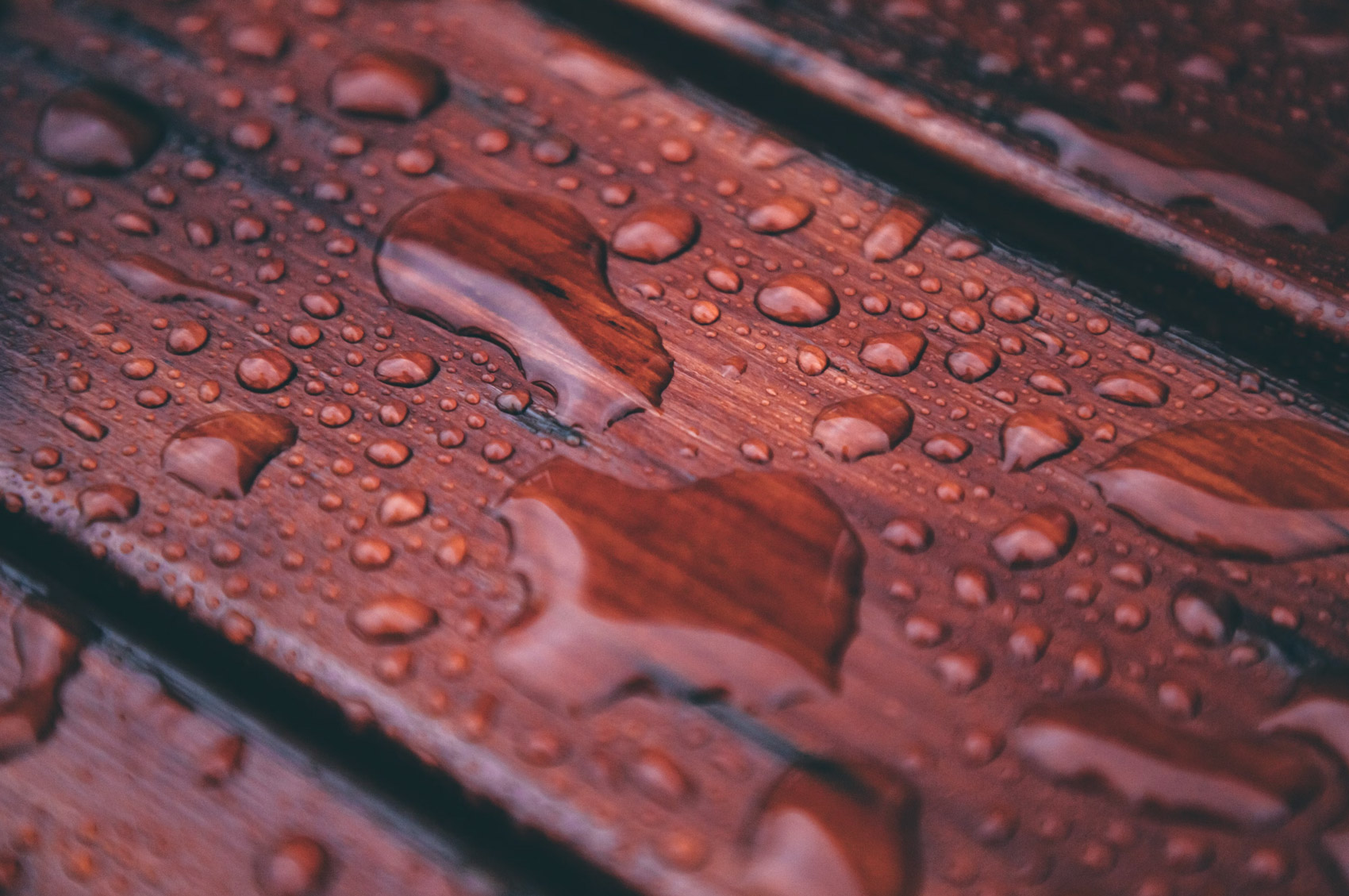If there’s one thing we’ve learned over the years of restoring beat-up yards across West Texas, it’s this: there’s nothing more satisfying than watching a once-barren lot transform into a thick, green spread of Bermuda. At Abilene Home Service, we’ve helped countless homeowners frustrated by patchy lawns, sticker burrs, and heat-baked dirt finally grow something worth walking barefoot on. And yes, it often starts with one question: how to grow Bermuda grass from seed.
We don’t just talk about it—we do it, season after season, property after property. Here’s what we’ve learned in the trenches, not from some textbook, but from real yards, real clients, and real Abilene heat.
Timing: Don’t Jump the Gun
We get the excitement. You see a nice forecast and start thinking it’s go time. But Bermuda grass is picky. If your soil isn’t at least 65°F consistently, you’re wasting seed and money. Around here, we usually wait until late April or early May before we’ll touch a spreader. Jumping the gun is one of the biggest mistakes we see folks make when they try to figure out how to grow Bermuda grass from seed on their own.
Want to be sure? Get a soil thermometer. They cost ten bucks and save you weeks of second-guessing.
Soil Prep: Where the Magic Starts
We’ve worked on lawns where the soil was so hard our rake bounced off it like a drum. That’s not going to grow anything but frustration. Prepping the ground is where we spend most of our time—and for good reason.
At Abilene Home Service, we start by clearing debris, weeds, and old thatch. Then we loosen the top two to three inches of soil. If it’s compacted, we’ll till or even bring in a bit of sand to improve drainage. Bermuda doesn’t like wet feet—it needs airflow and room to spread those little runners.
Every few yards, we run a soil test. It’s not overkill—it’s insurance. We’ll make small adjustments to pH or add a starter fertilizer that encourages root growth without burning new seedlings. If you’re curious, Pennington’s Bermuda blend is one we’ve had great results with.
Seeding: Not a “Set It and Forget It” Job
Broadcasting the seed is a precise thing—too heavy, and you get clumps. Too light, and you’ll have bald patches all summer. We apply Bermuda seed at 1–2 pounds per 1,000 square feet using a spreader in two directions—north-south, then east-west—for even coverage.
Then we rake the seed lightly into the soil. Bermuda needs sunlight to germinate. Bury it too deep and it’ll just sit there, doing nothing. A light mulch layer (we often use EZ-Straw Seeding Mulch) helps retain moisture without choking out the seed.
And speaking of moisture—this part’s critical. The soil needs to stay consistently damp for 2–3 weeks. Not soaked. Damp. We typically water 3–4 times a day in short bursts to keep it from drying out. That’s right, it’s a full-time babysitting job.
But here’s the thing: Bermuda’s slow to start. It might be 10–21 days before you see sprouts. And even then, it can take 8–12 weeks to fill in. That’s why we always remind clients—how to grow Bermuda grass from seed isn’t just a how-to, it’s a commitment.
First Mow, First Win
Once the grass hits 2 inches, we mow it down to 1.5. That first mow is a little nerve-wracking for homeowners. We get it. But it’s also a milestone. From there, the lawn starts thickening up fast—especially with proper feeding.
We typically apply a balanced fertilizer around the 6–8 week mark and then shift to high-nitrogen blends during peak summer. (The kind that makes your neighbors ask what you’re feeding it.)
Keep in mind: mowing Bermuda frequently—like every 5–7 days—encourages it to grow outward, not upward. That’s how you get the dense, carpet-like lawn everyone wants.
Mistakes We’ve Seen (and Fixed)
One client last summer bought seed online and threw it straight onto unprepped dirt. When we showed up, there were a few sad green strands—and a whole lot of wasted effort. We scraped it, started over, and did it the right way. Three months later? Magazine cover material.
That’s why we offer full seeding and lawn rehab as part of our lawn care Abilene service. Sometimes you just need professionals who know how to grow Bermuda grass from seed without cutting corners.
Let Us Handle It
We don’t just seed and split. We monitor growth, adjust watering schedules, and come back to fix trouble spots. We’ve got a soft spot for Bermuda. It thrives in our sun, bounces back from wear, and can turn even the most worn-down lawn into something you’re proud of.
So if you’re trying to figure out how to grow Bermuda grass from seed and want it done right the first time, give us a shout. We’ve got the tools, the seed, the sweat, and the know-how to make it happen.
Or keep going it alone—just don’t be surprised if we drive by and say, “They missed a spot.”
Want to learn more? Check out this detailed seeding guide from Scotts or take a peek at our full services at Abilene Home Service.
And remember: how to grow Bermuda grass from seed isn’t a trick. It’s a process. We just happen to be really good at it.




